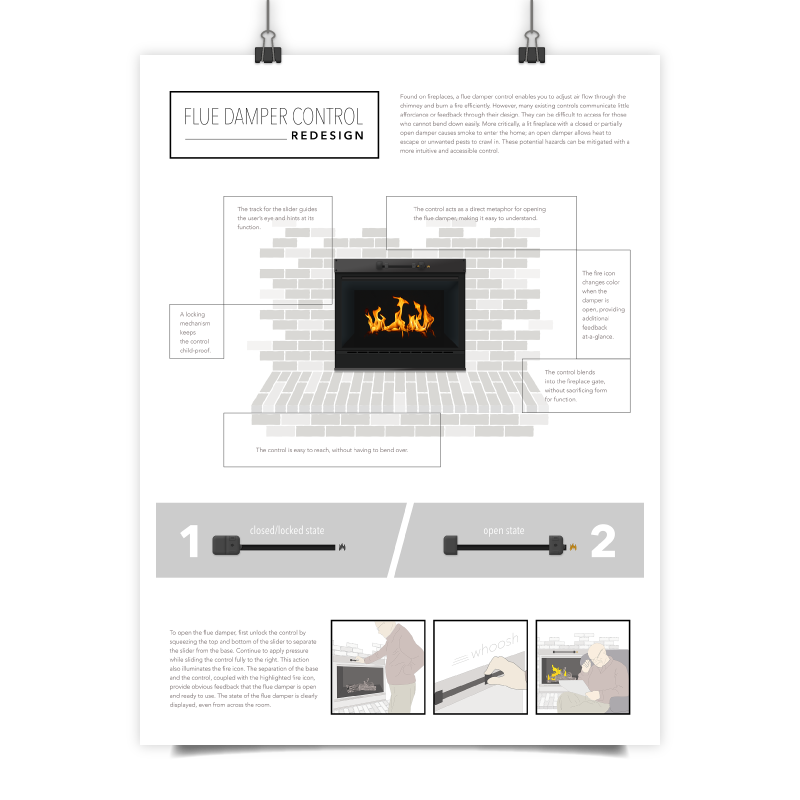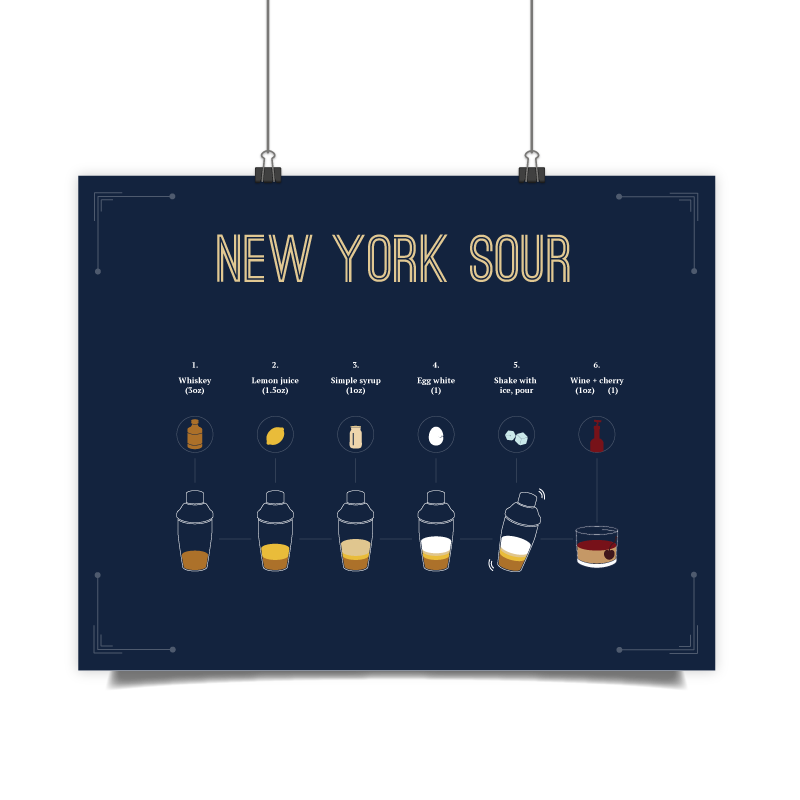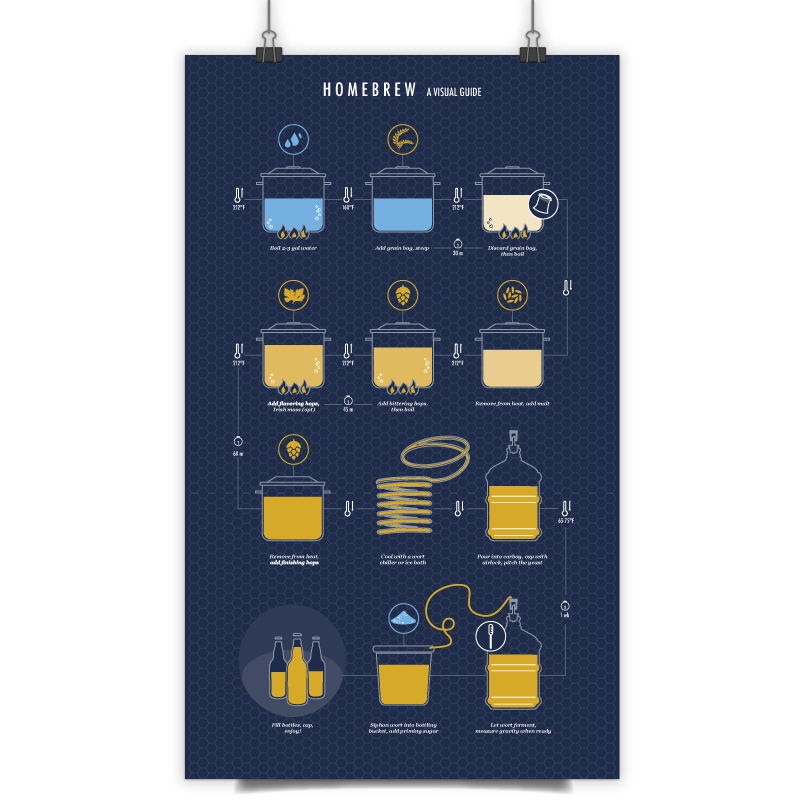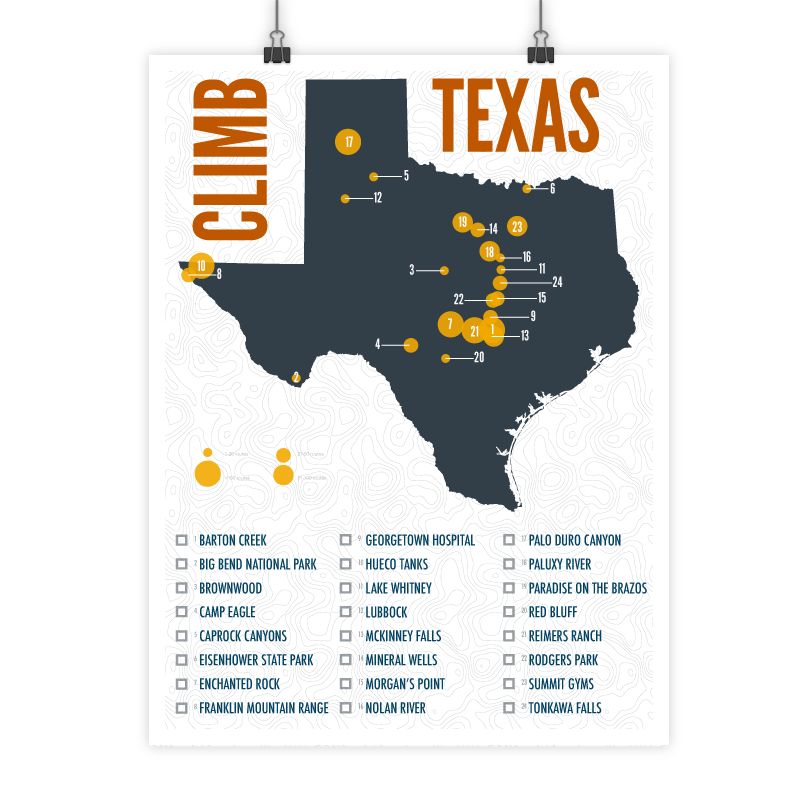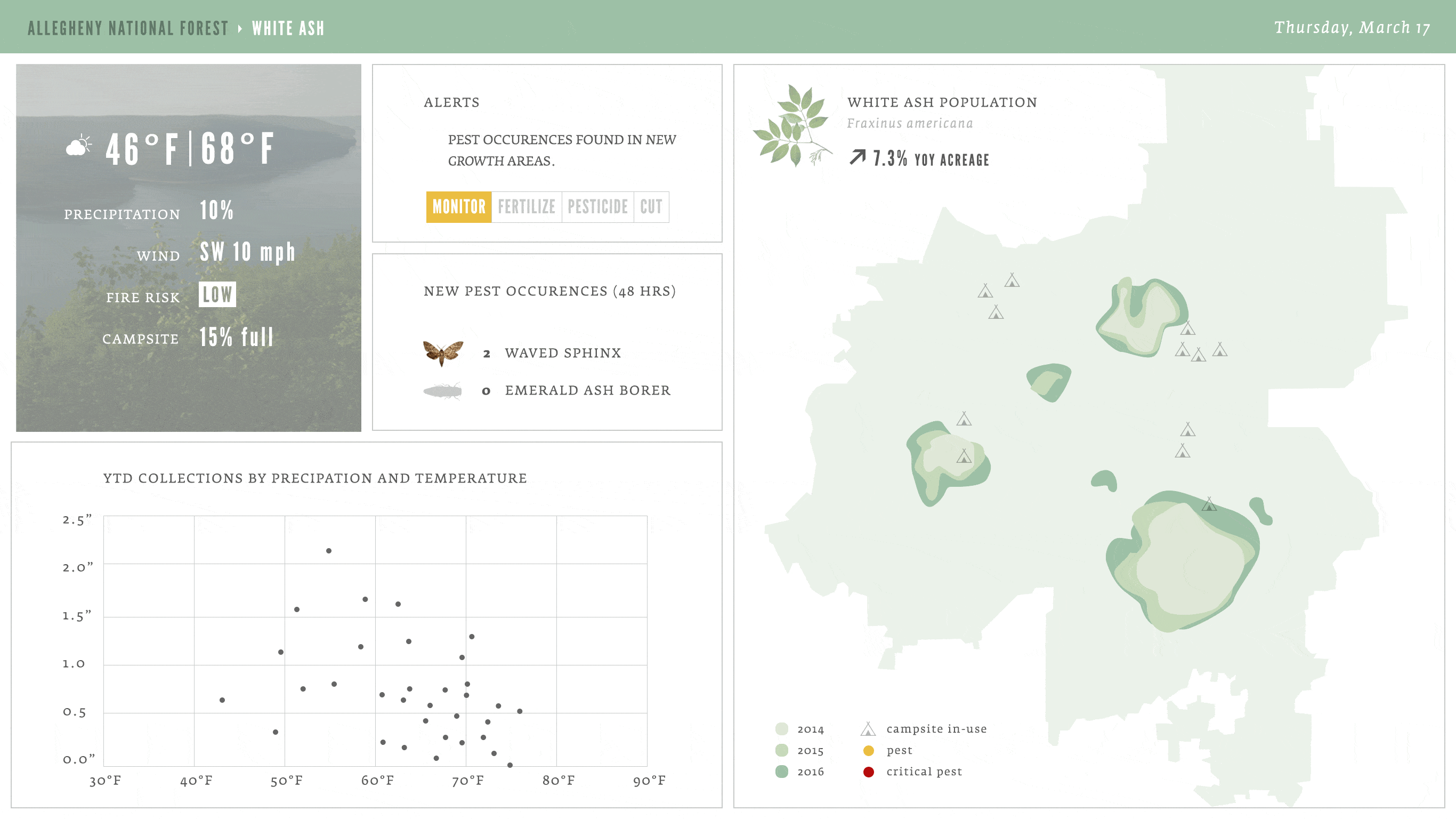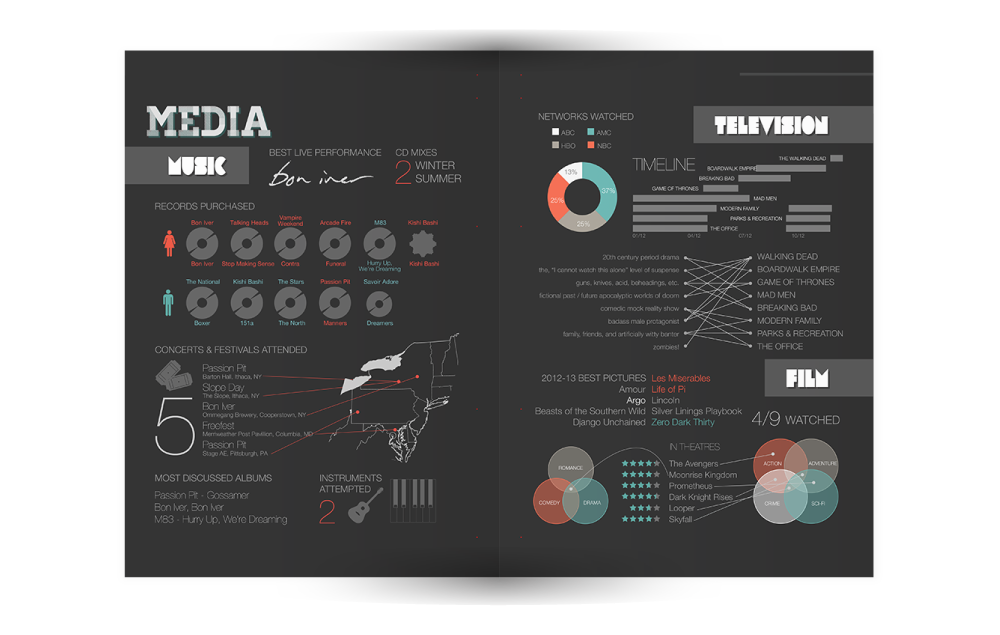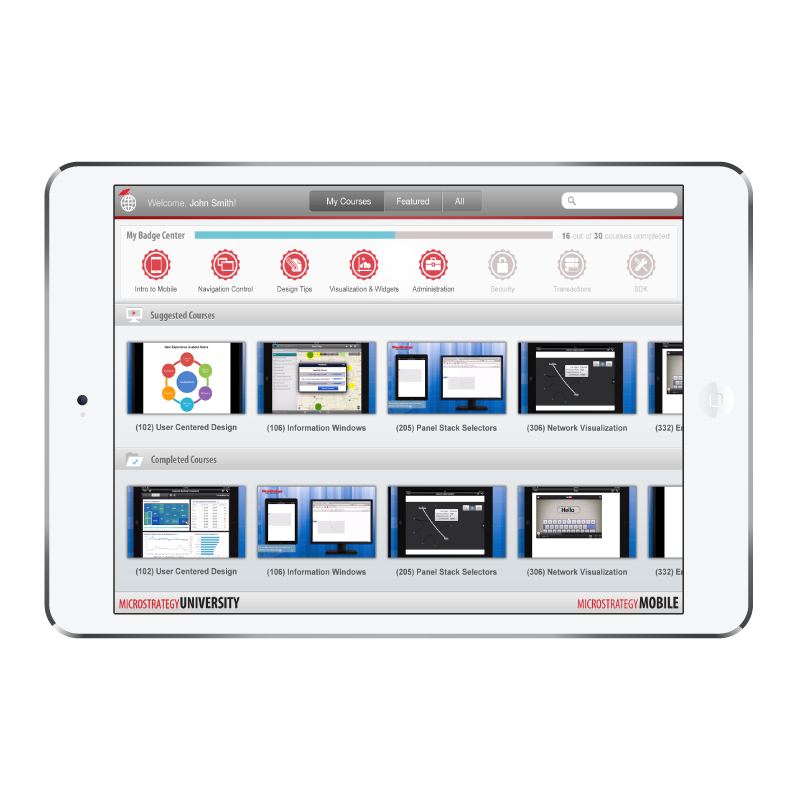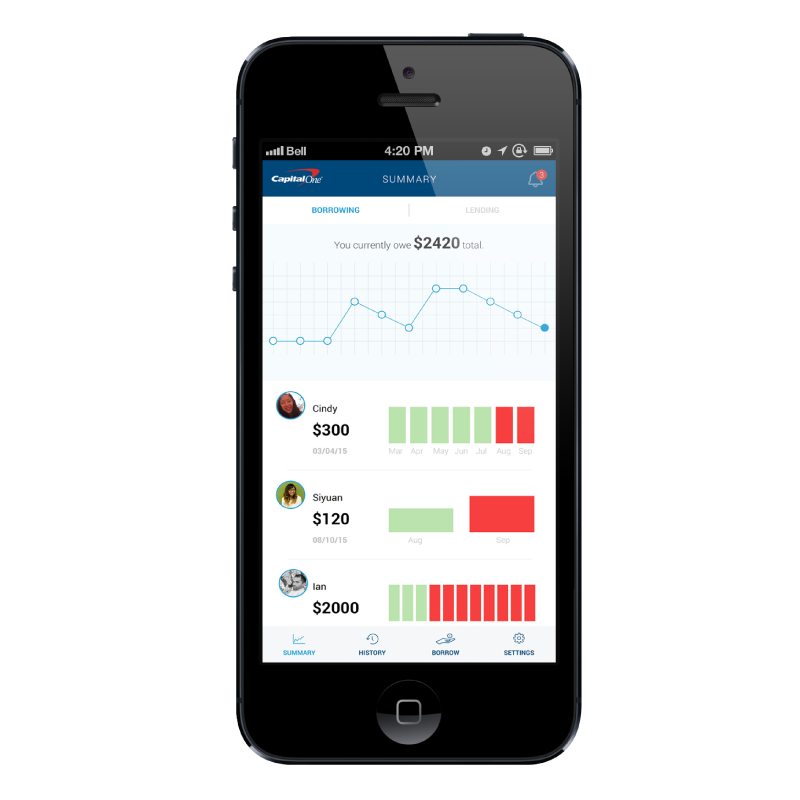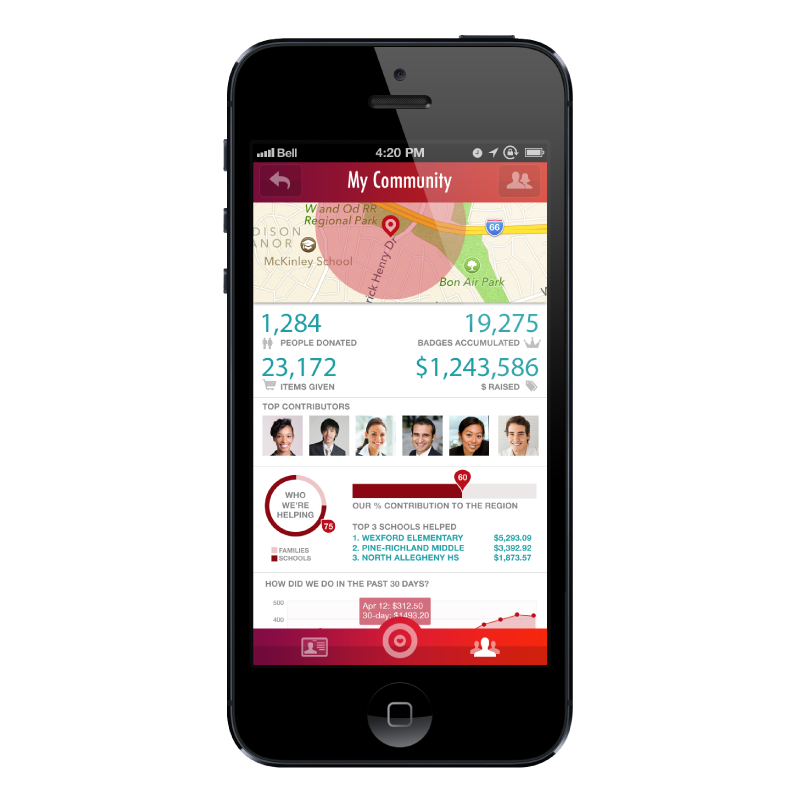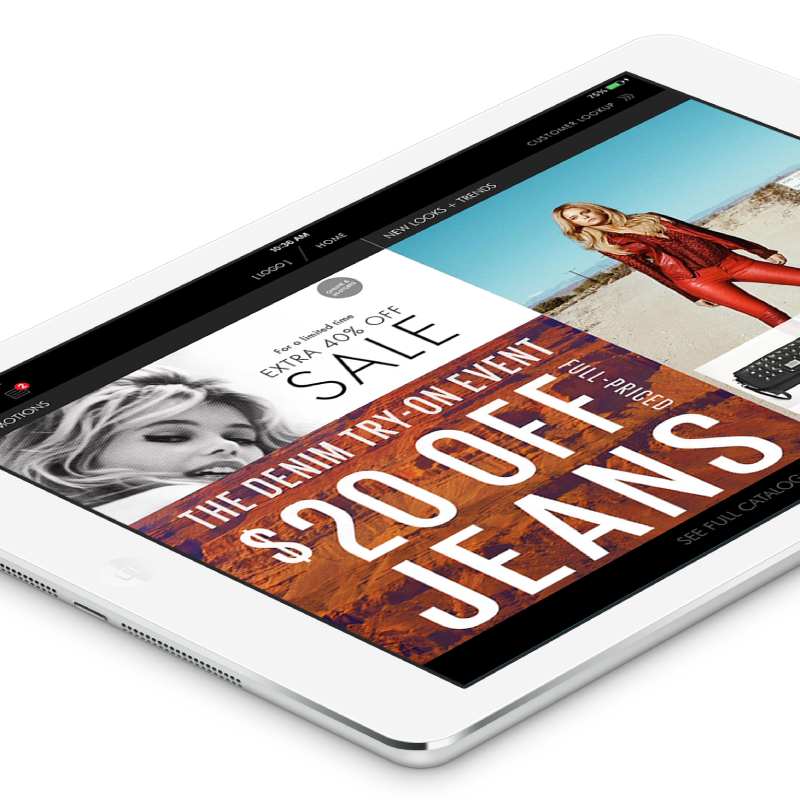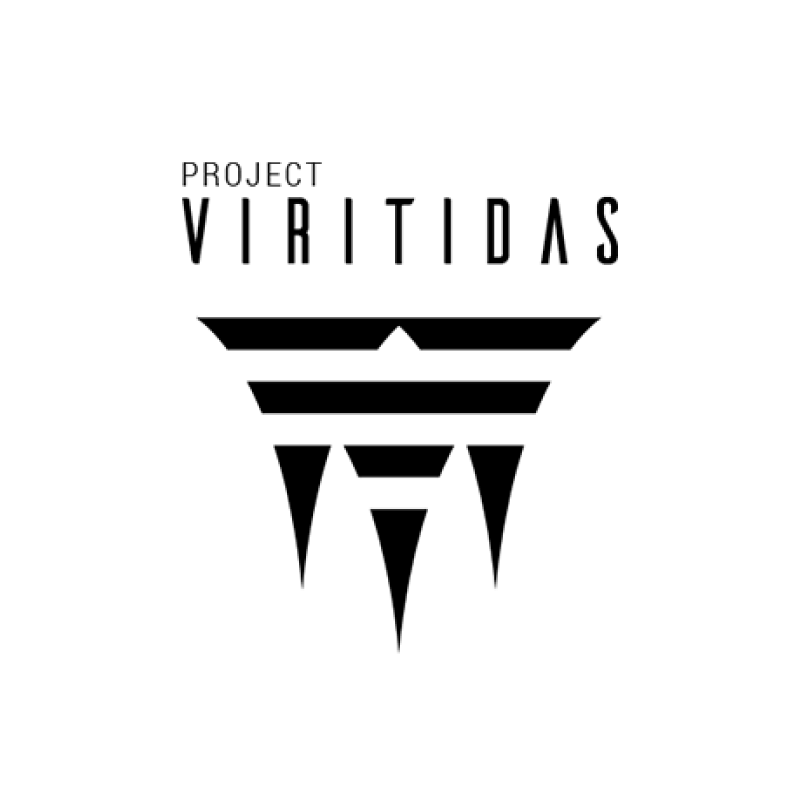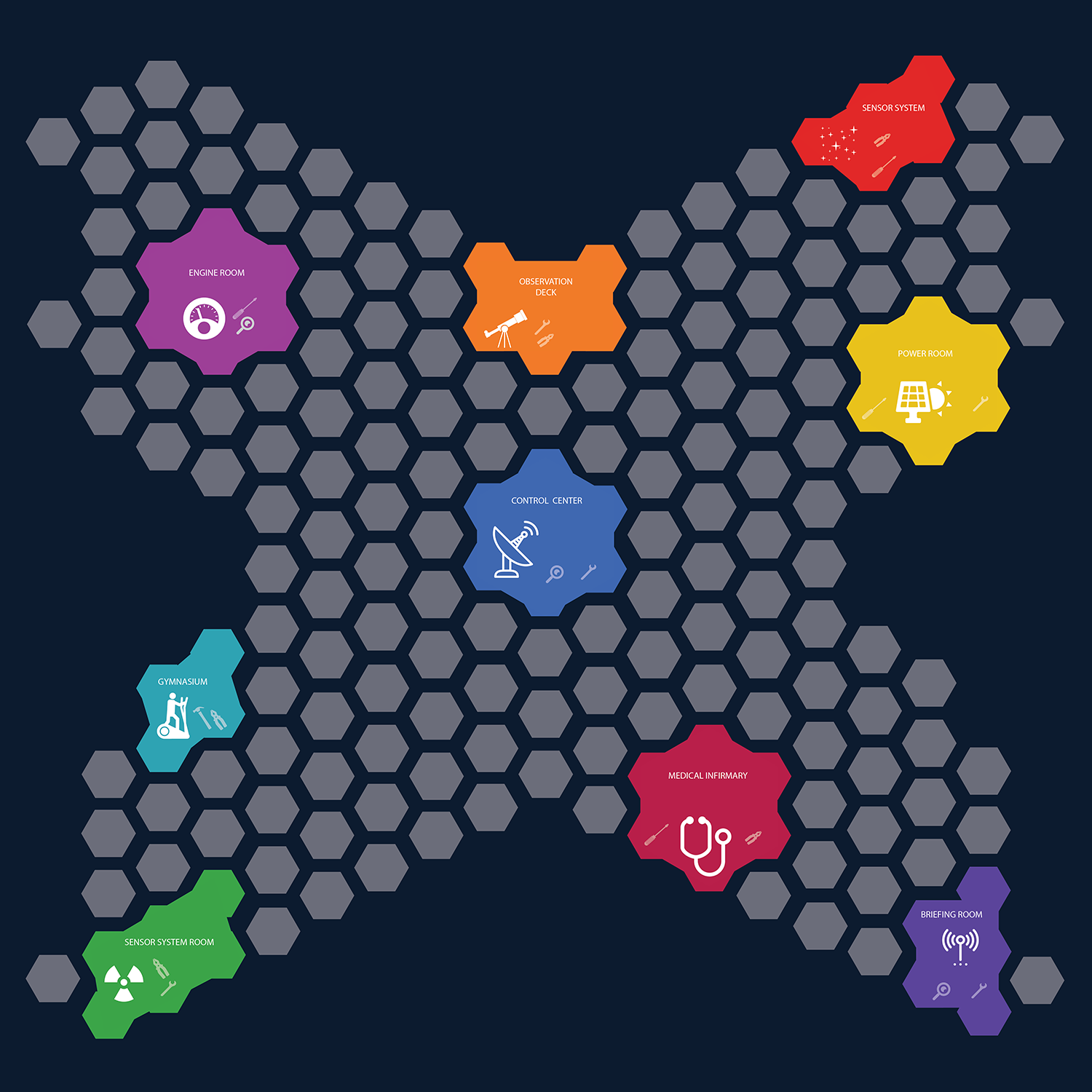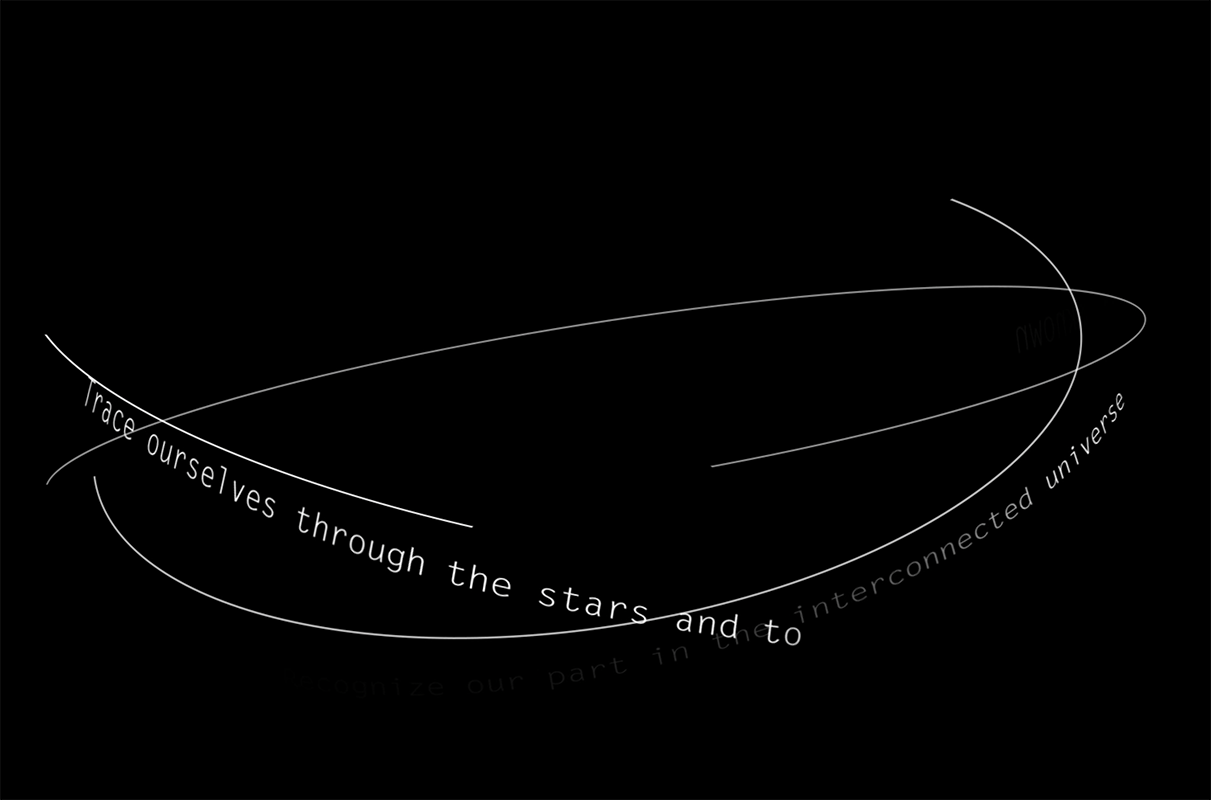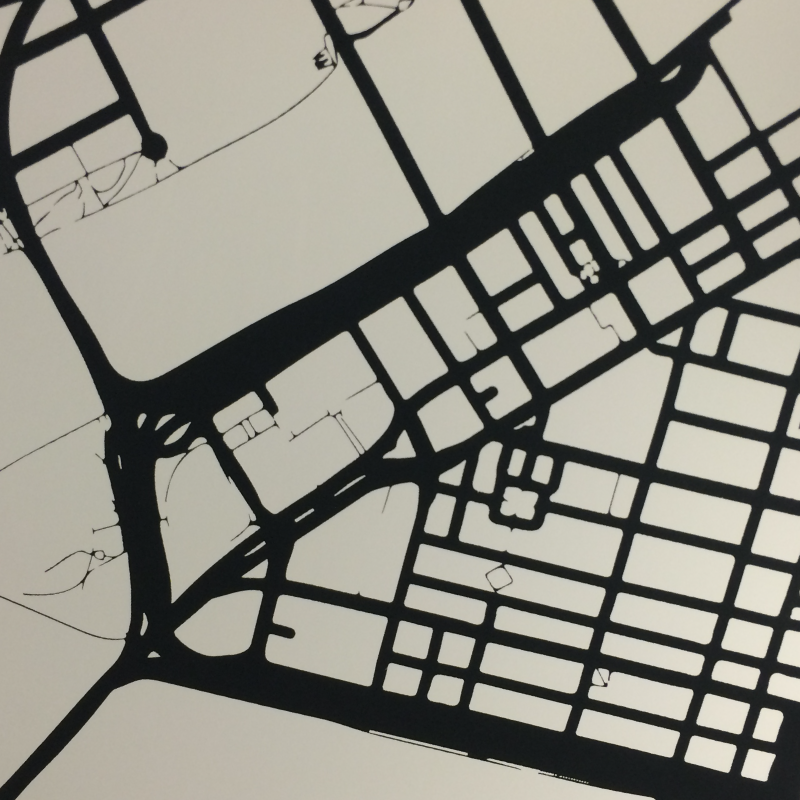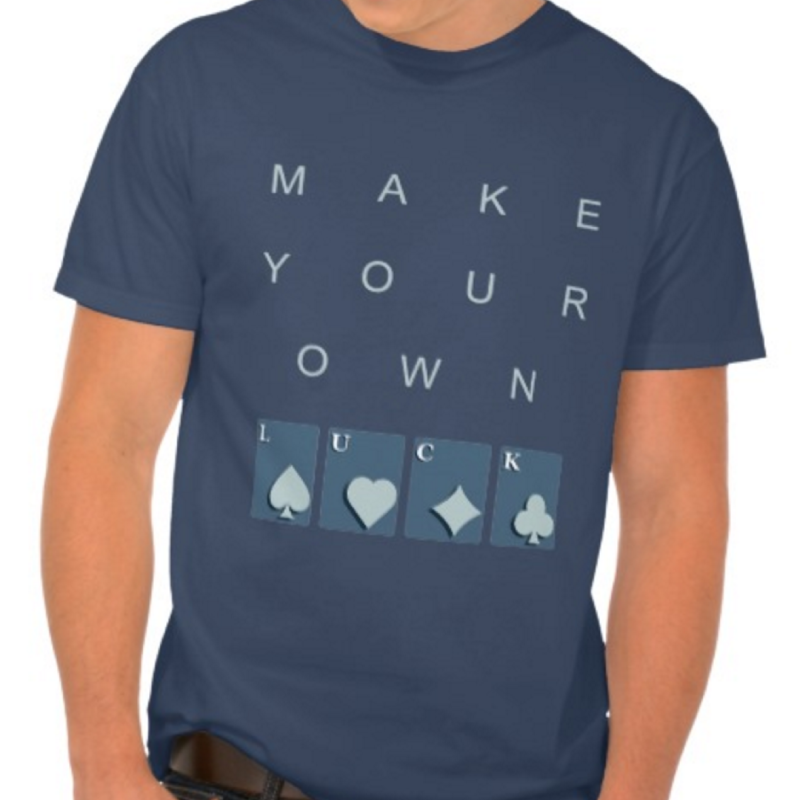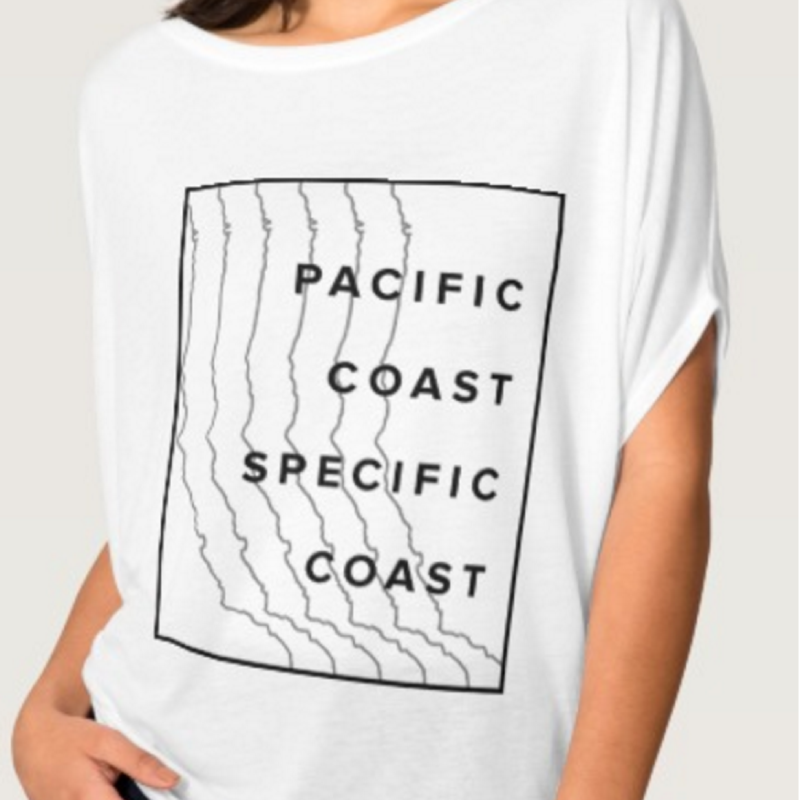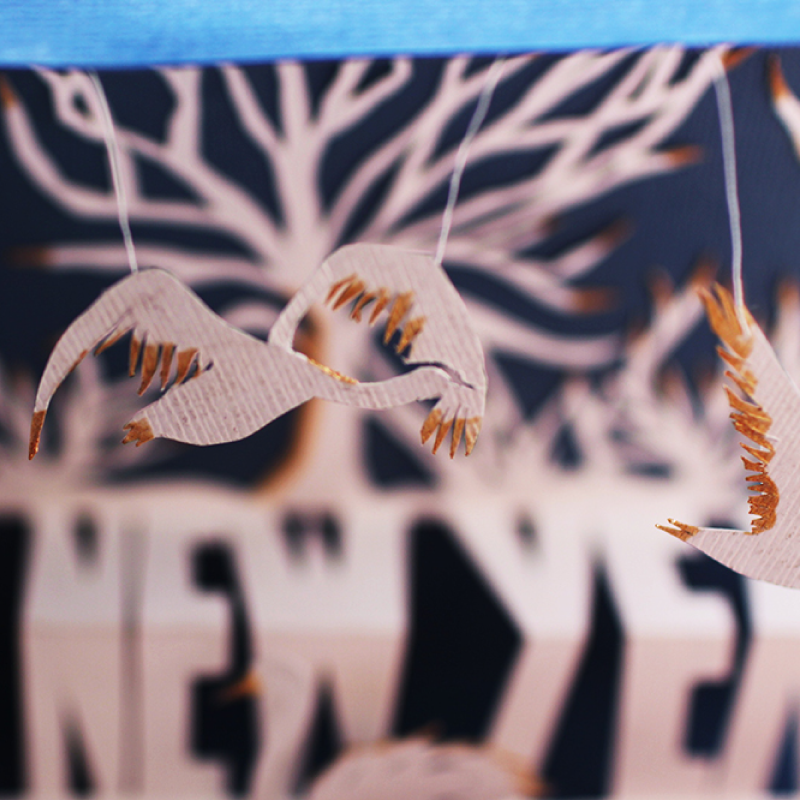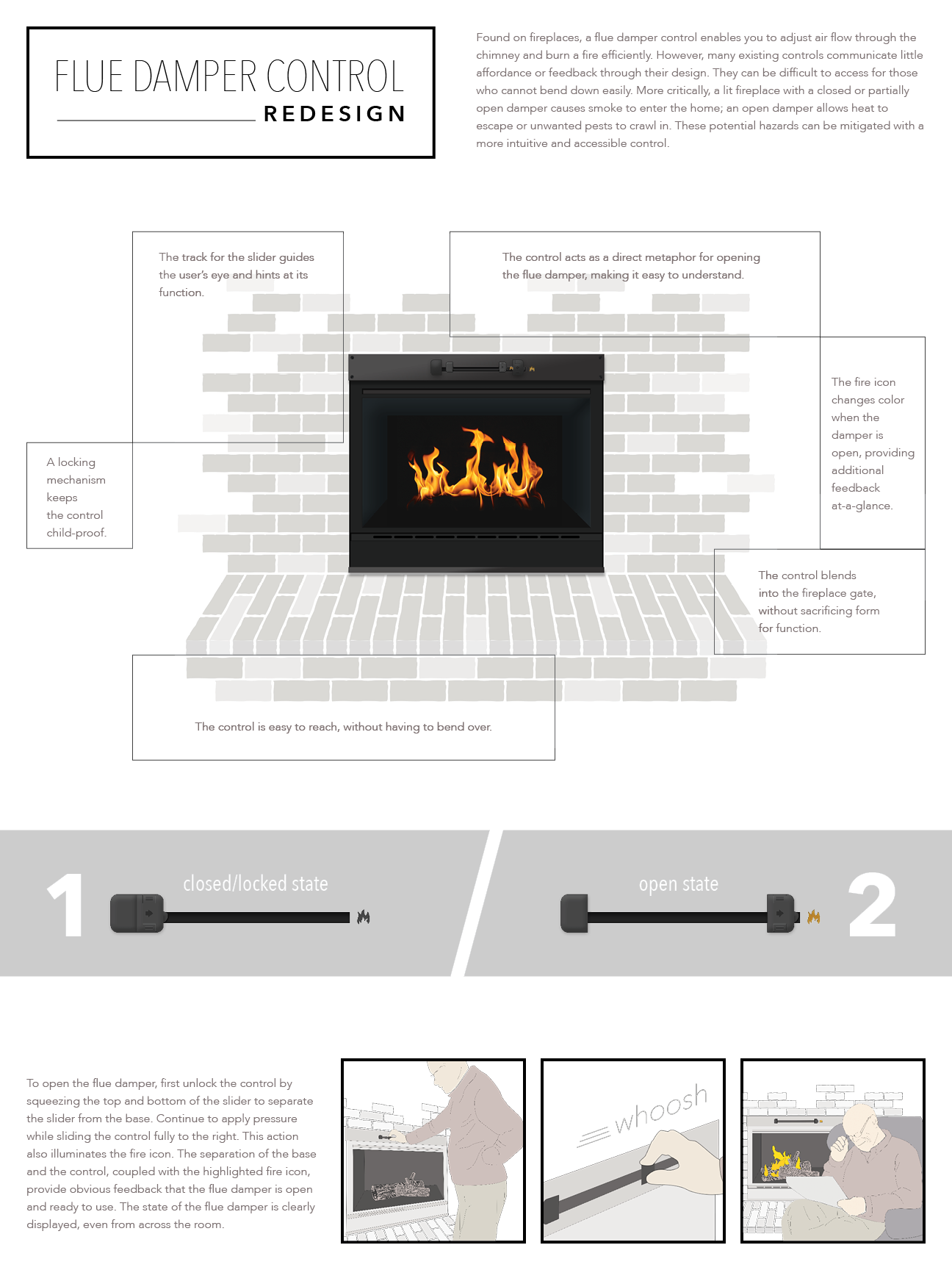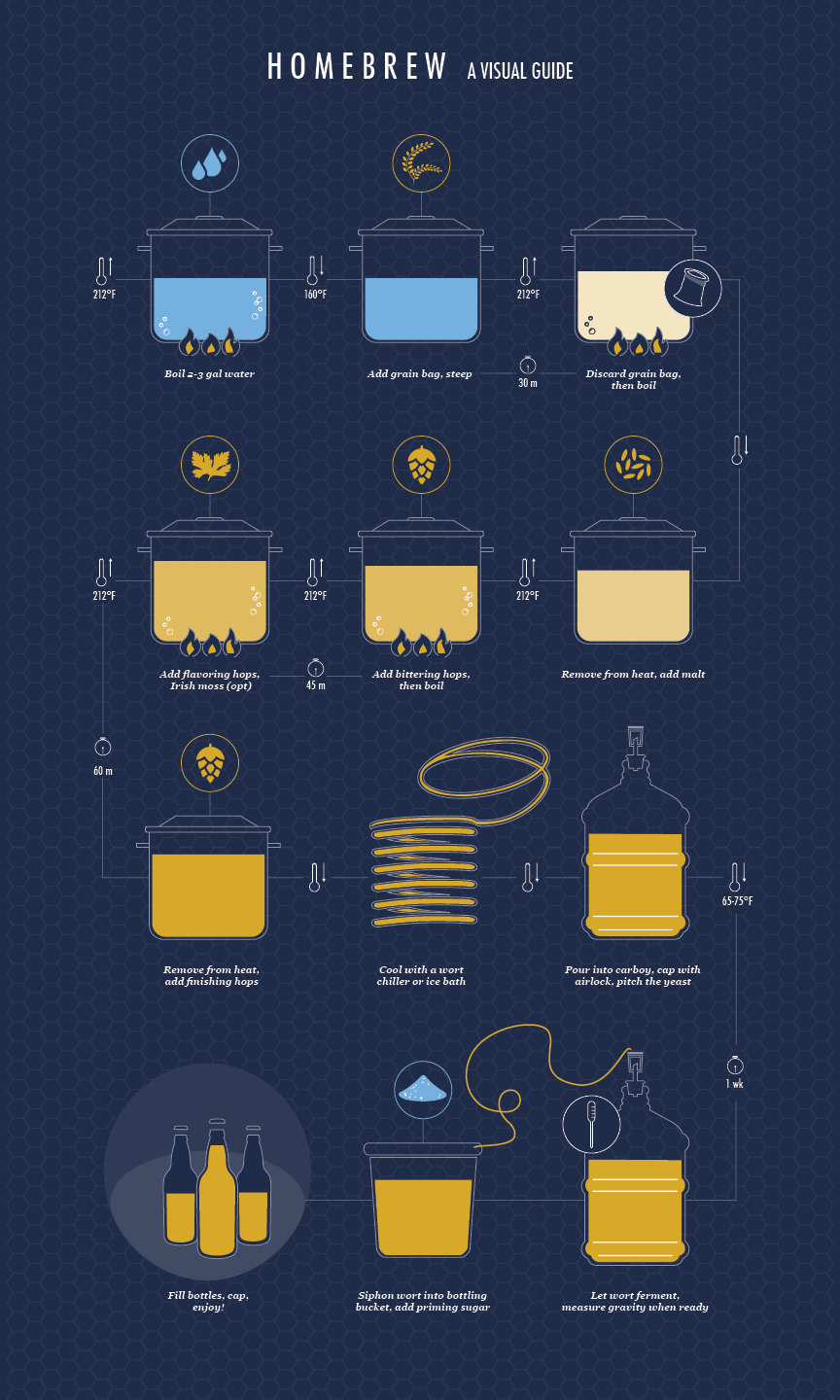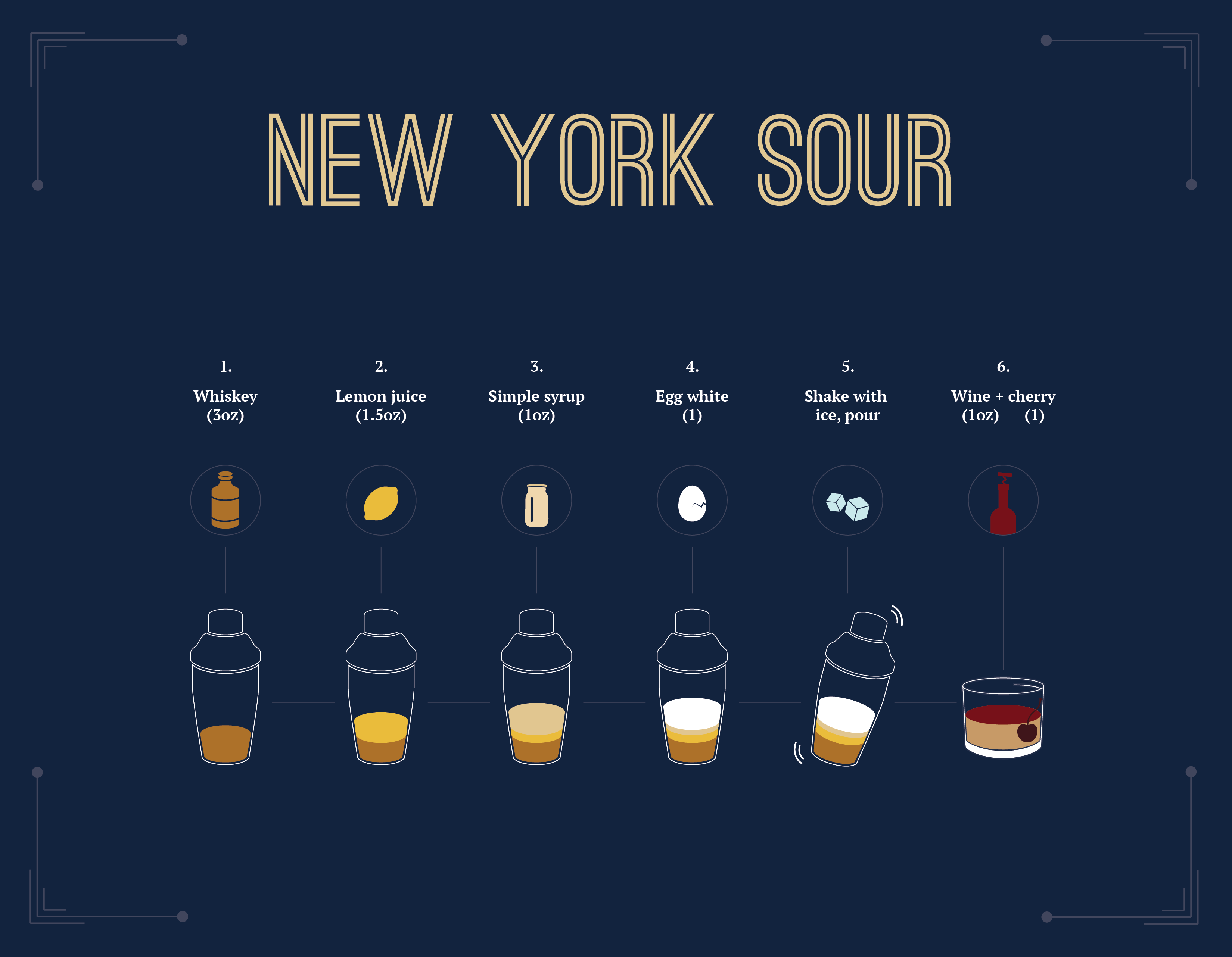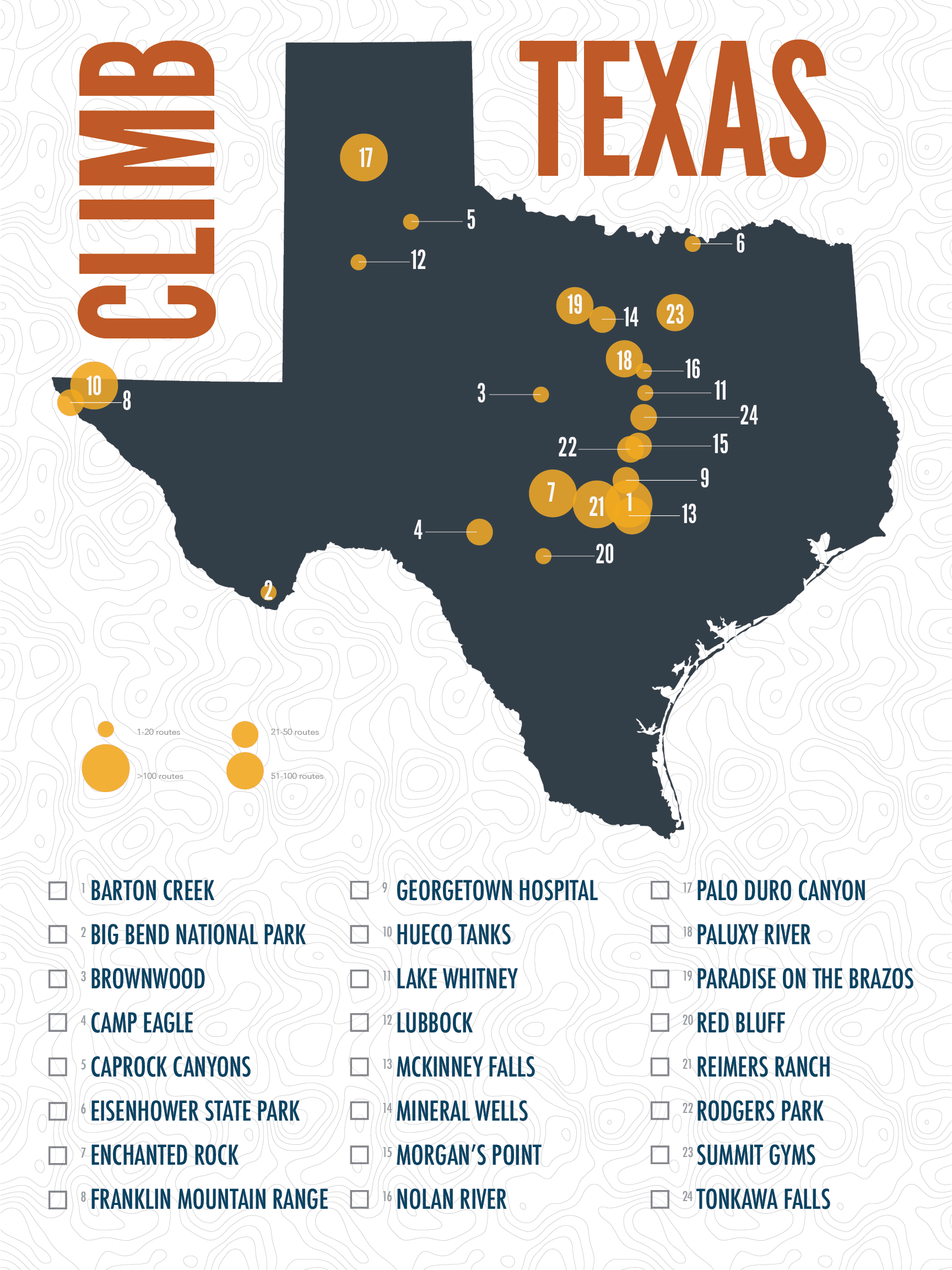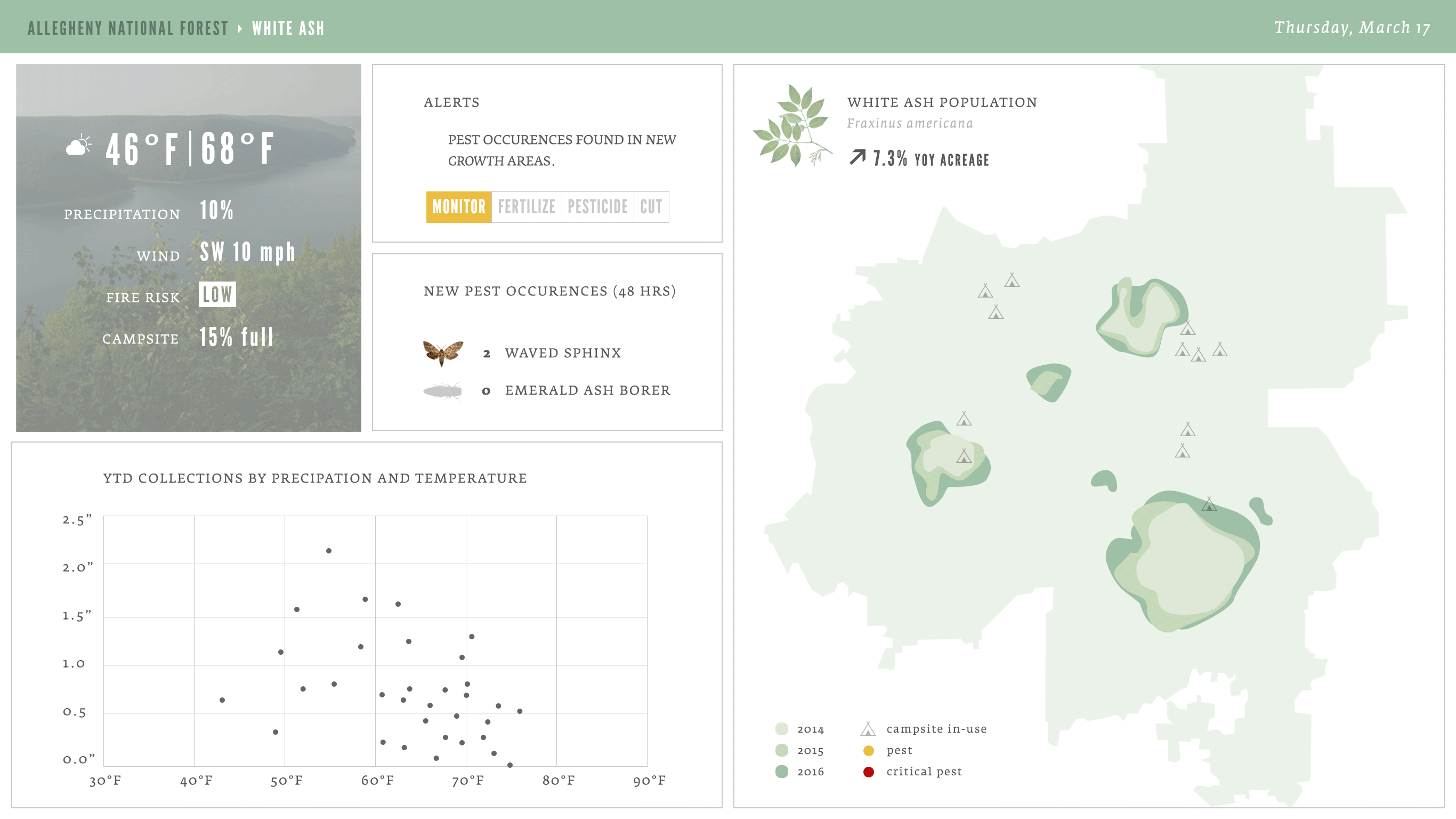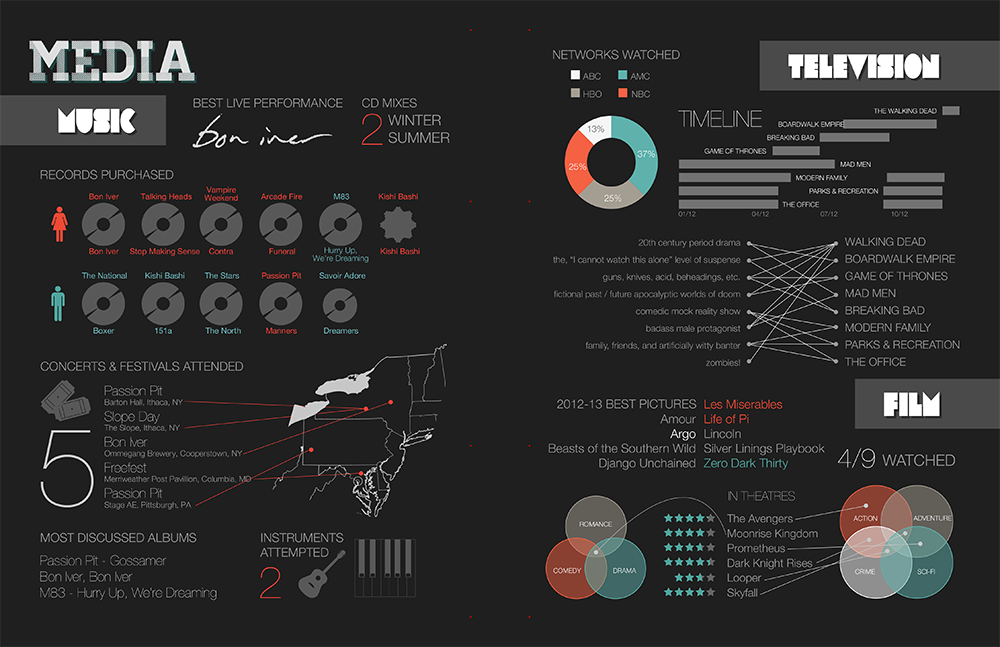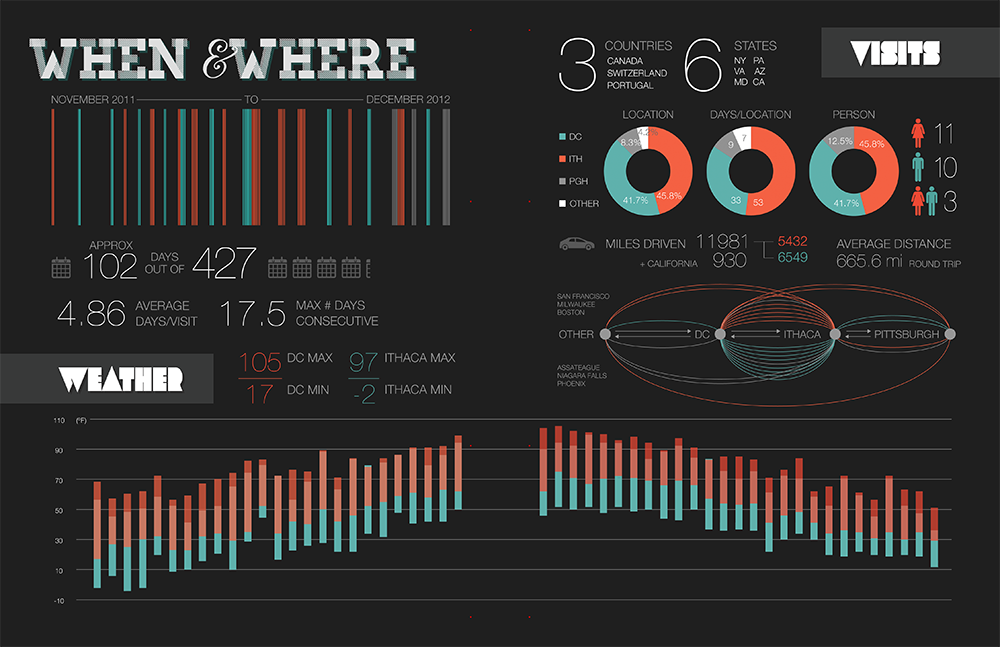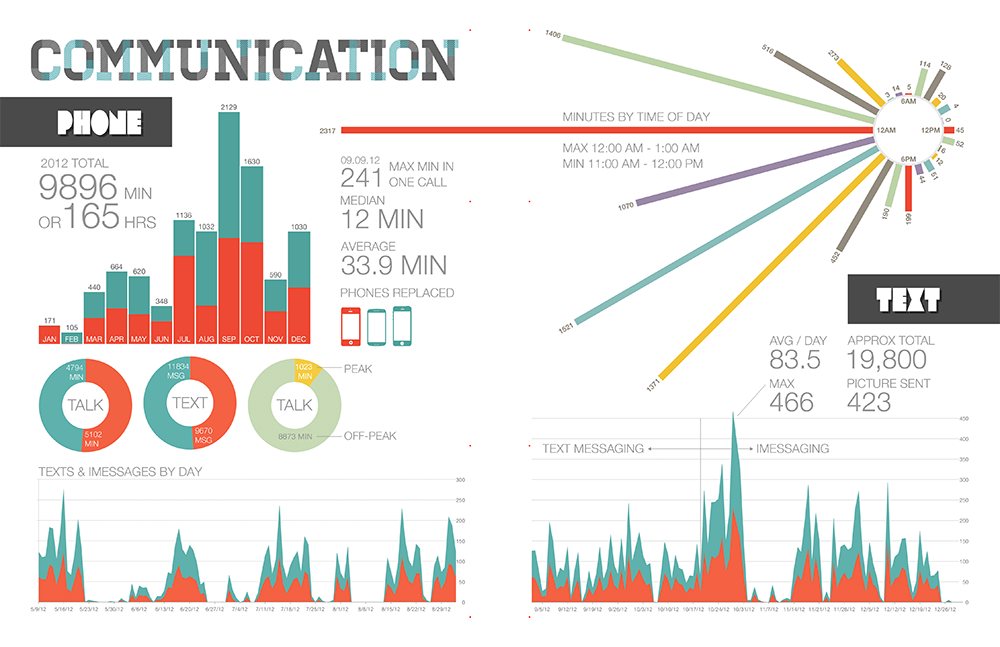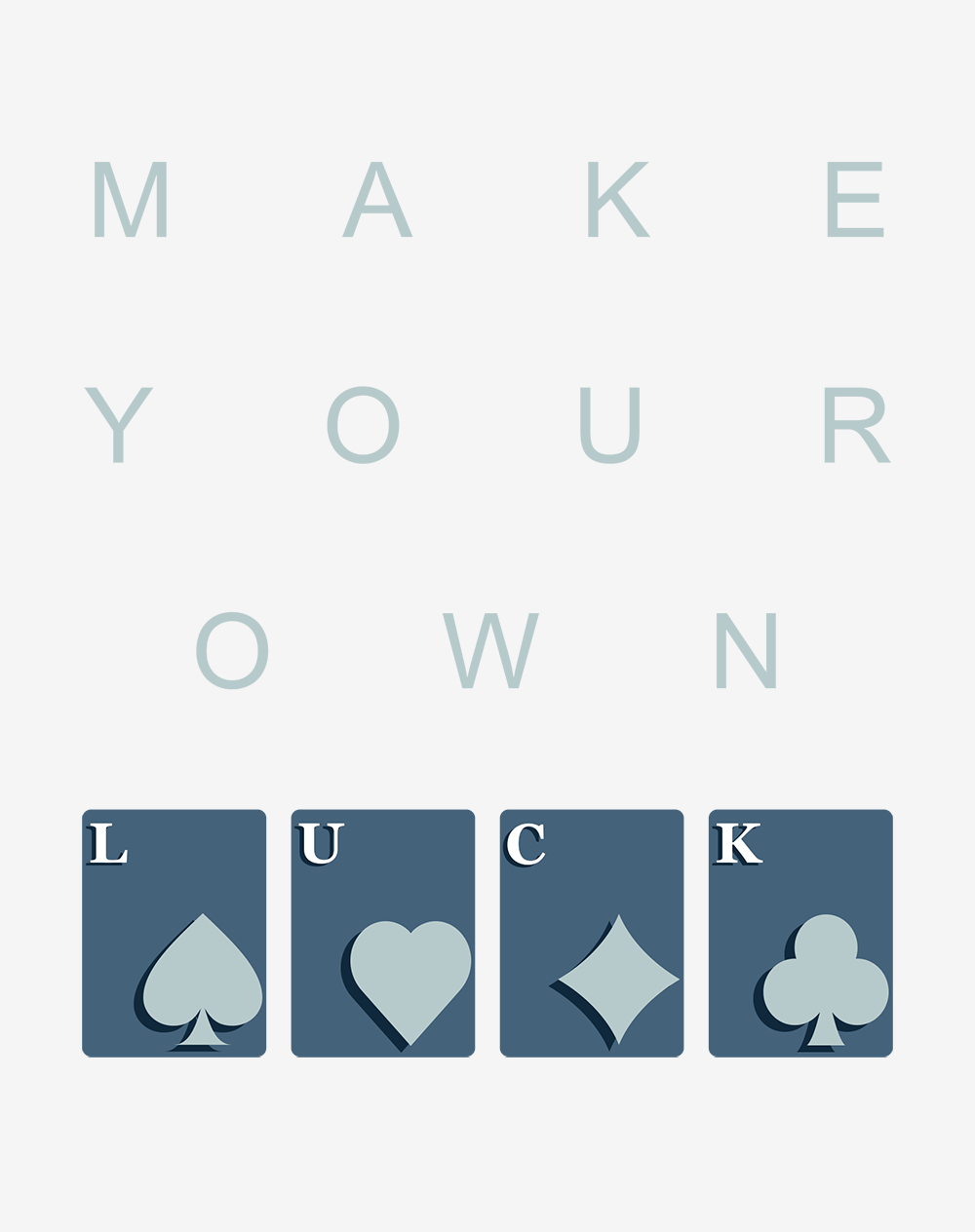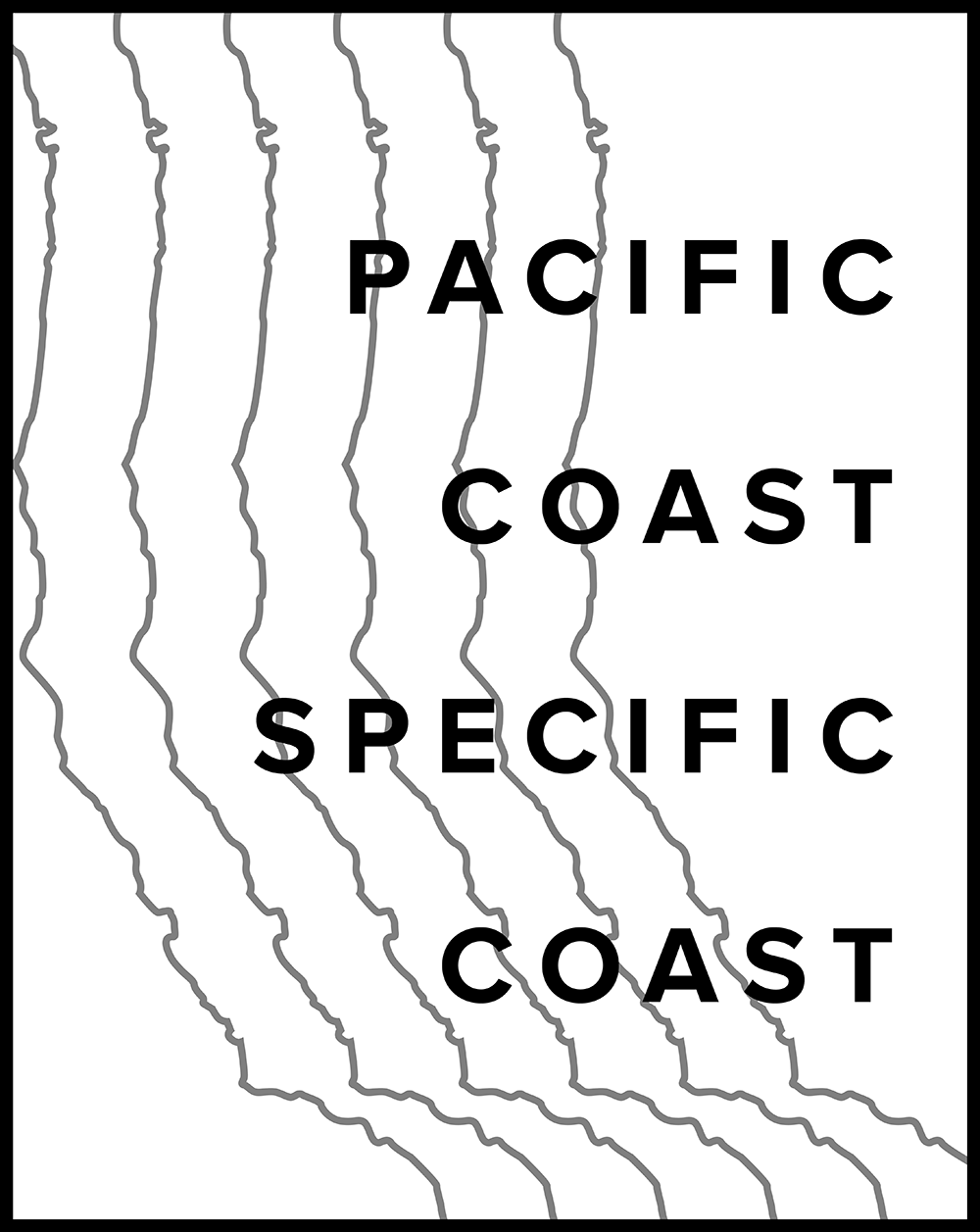PRACTICE & PEDAGOGY

AS AN ENGINEER-TURNED-DESIGNER, I'M PERPETUALLY LEARNING ACROSS DIFFERENT DISCIPLINES TO SHAPE THE WAY I UNDERSTAND PROBLEMS AND FORMULATE IDEAS.
Case Study: Draper
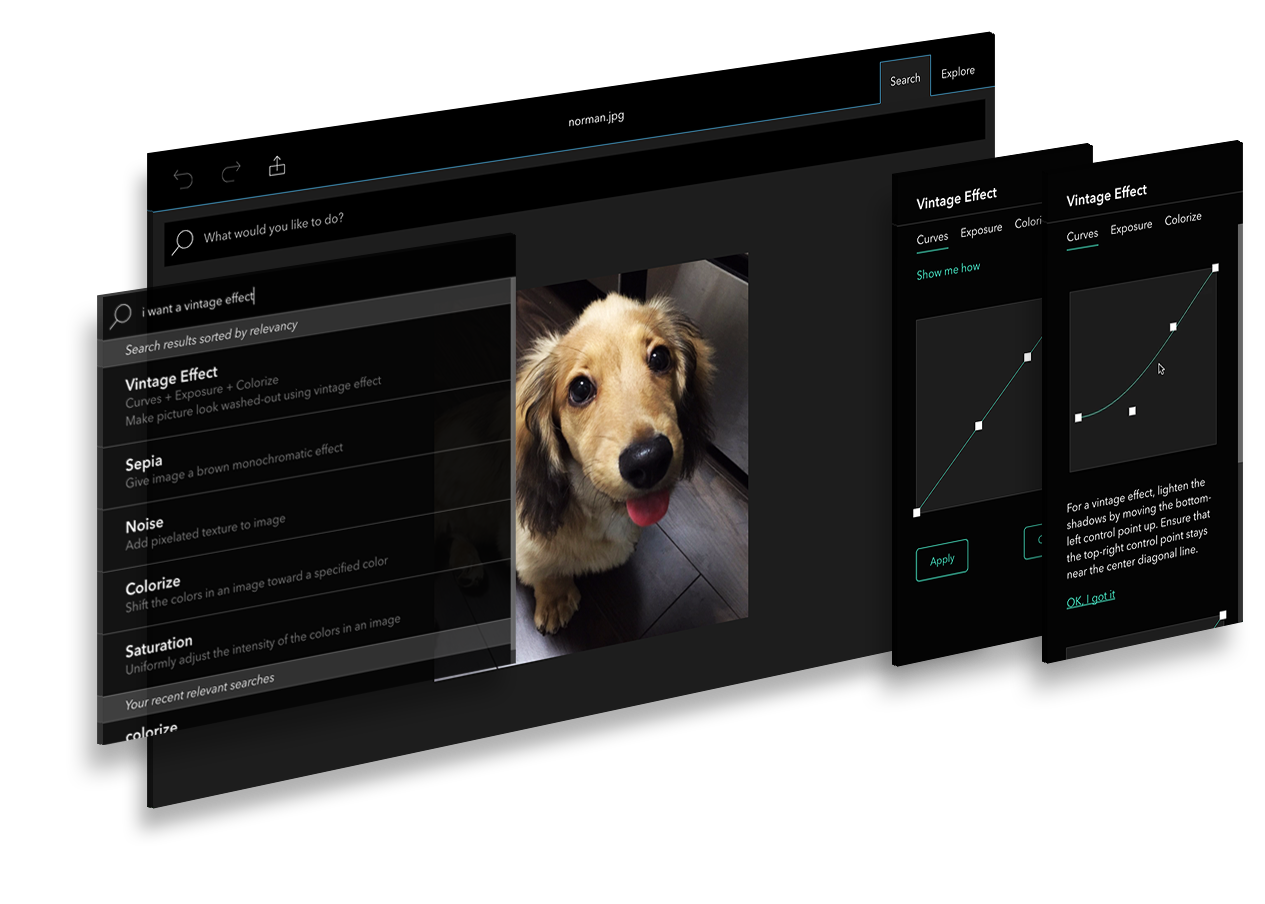
DATA & DESIGN

DESIGNERS WANT BEAUTIFUL VISUALIZATIONS; ANALYSTS WANT STRAIGHTFORWARD DATA. I SEE THE NEED FOR BOTH.
Case Study: MicroStrategy
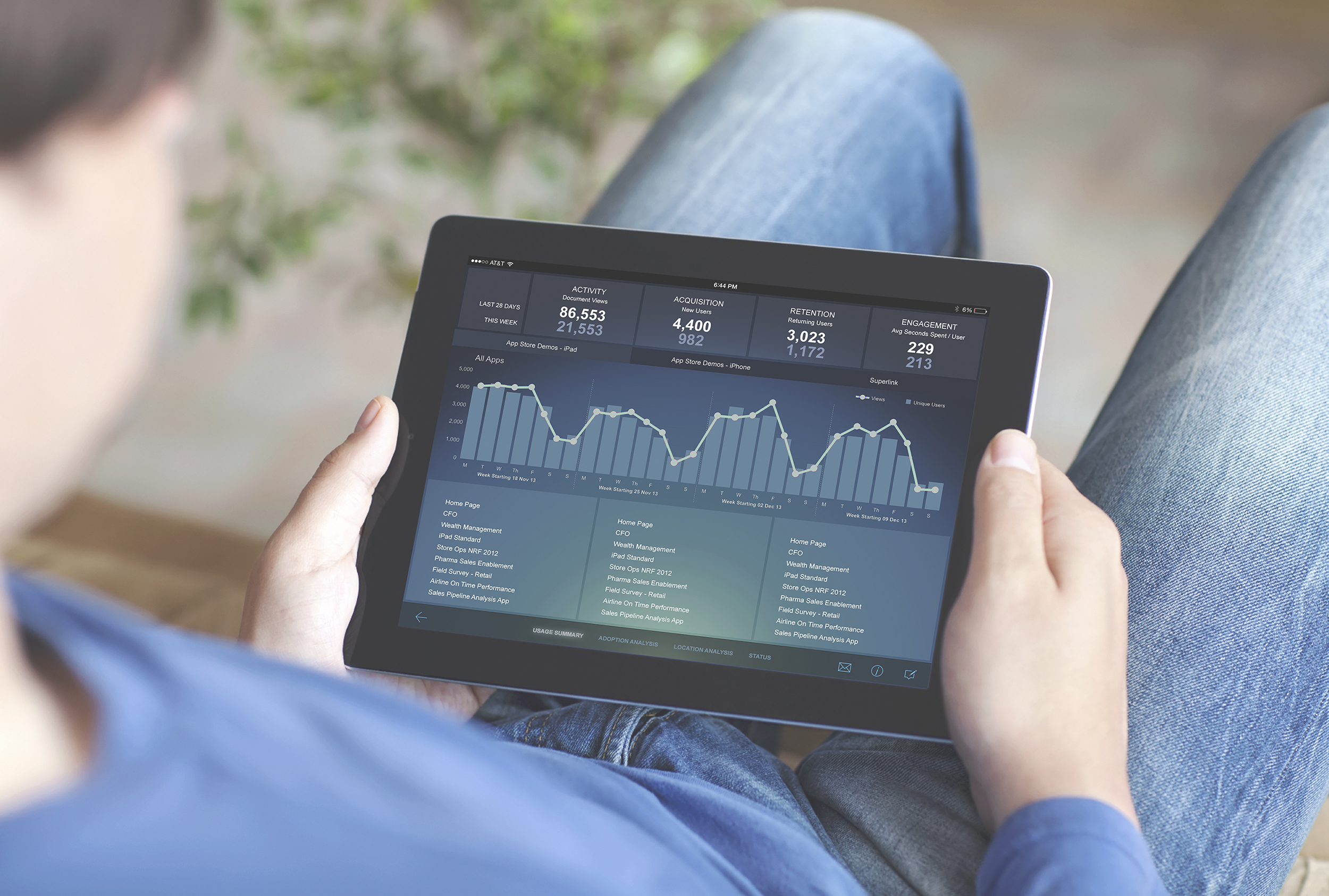
PRESENT & FUTURE

DESIGNING FOR EXISTING TECHNOLOGY IS CONSTRAINED BY POWER AND SPEED. DESIGNING FOR A FUTURE OF WICKED PROBLEMS NEEDS A SYSTEMATIC WAY FORWARD. BY IMAGINING A DESIRED FUTURE, I CAN IMPART A THOUGHTFUL VISION AND CARVE OUT A ROLE IN CREATING THIS FUTURE.
Case Study: Wisp
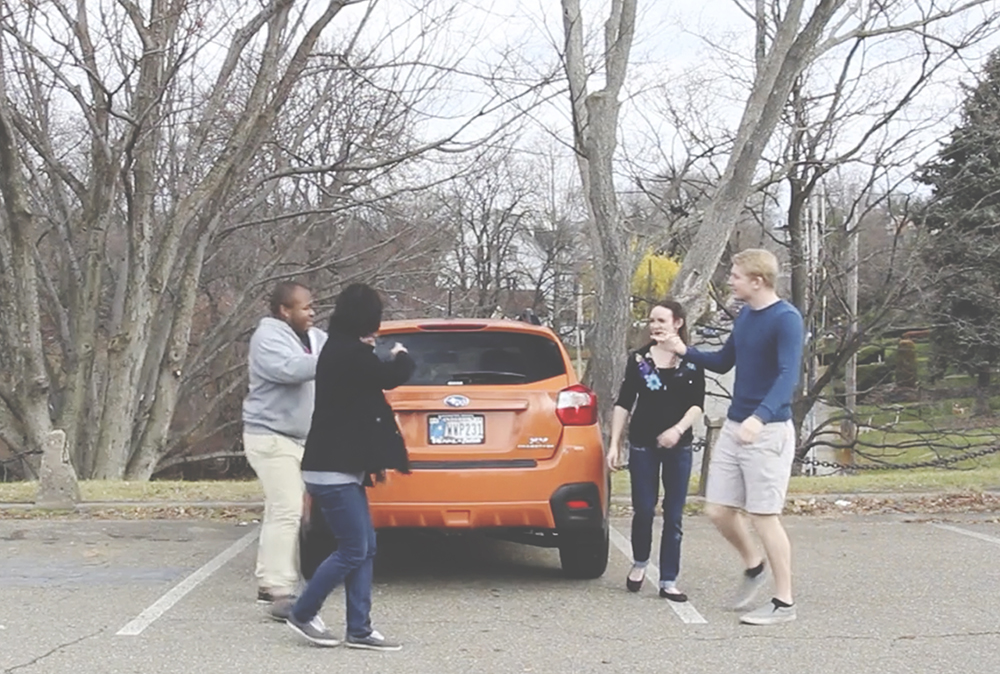
DIGITAL & TANGIBLE

DIGITAL DESIGN IS PIXEL-PERFECT & ELEGANT. BUT TANGIBLE DESIGN LEAVES ROOM FOR MISTAKES: CREASES IN THE PAPER, UNEVEN CUTS, MISFORMED PRINTS. I LIKE TO MAKE THINGS THAT SPAN BOTH.
Case Study: Chromatic Boxes
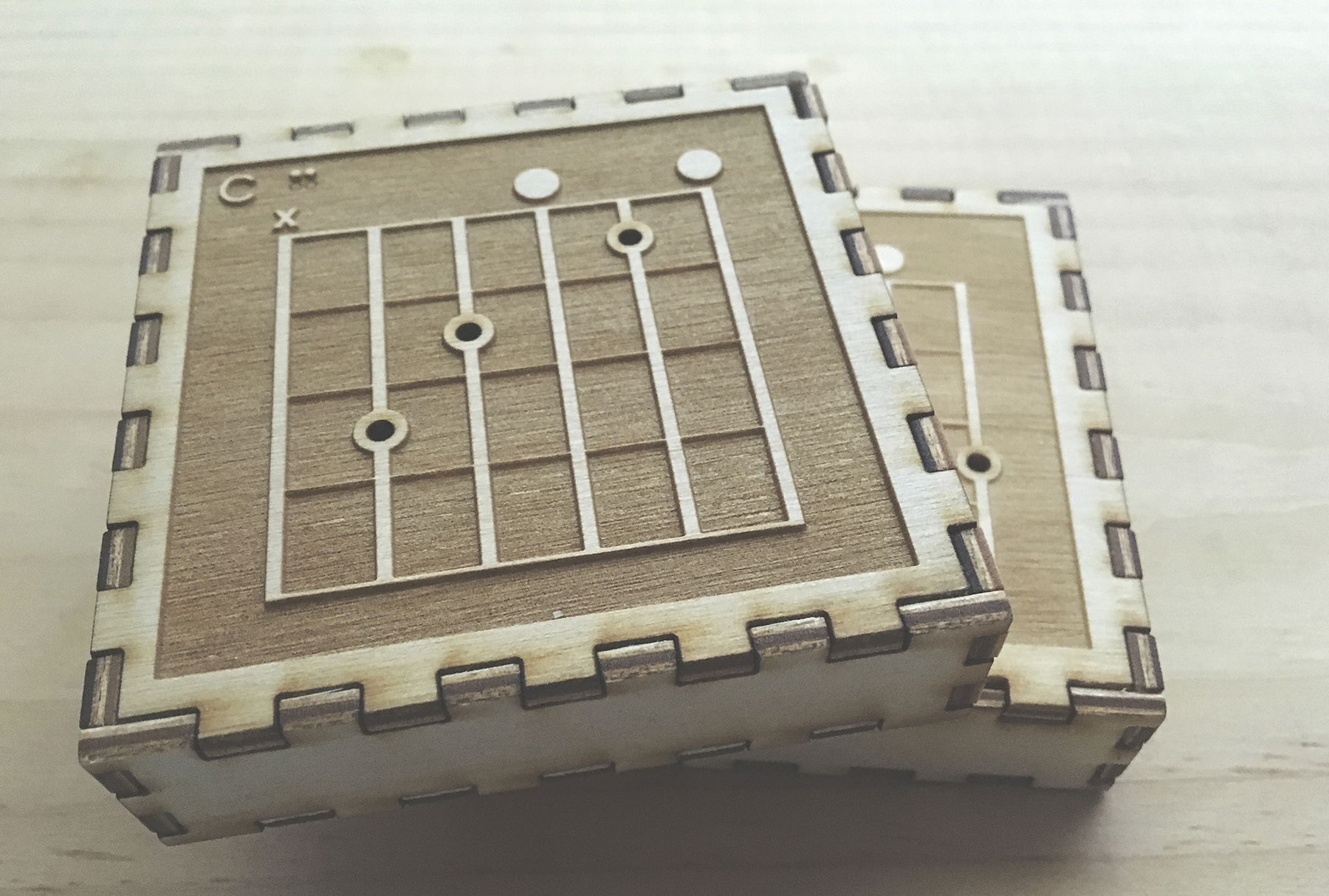
WORK & PLAY
I believe that everything created by humans is designed (sometimes unintentionally), and they can almost always be designed better.
I've learned that at its core, human-computer interaction should facilitate human-human interaction. Technology should ground us in the people and the environment around us.
I want to use my experience to create change responsibly.
When I'm not working in front of a screen, I'm probably climbing (and failing at it).
I believe in traveling far and often...particularly towards mountains and oceans. Experiences outside of our own never fail to grow our perspectives.

